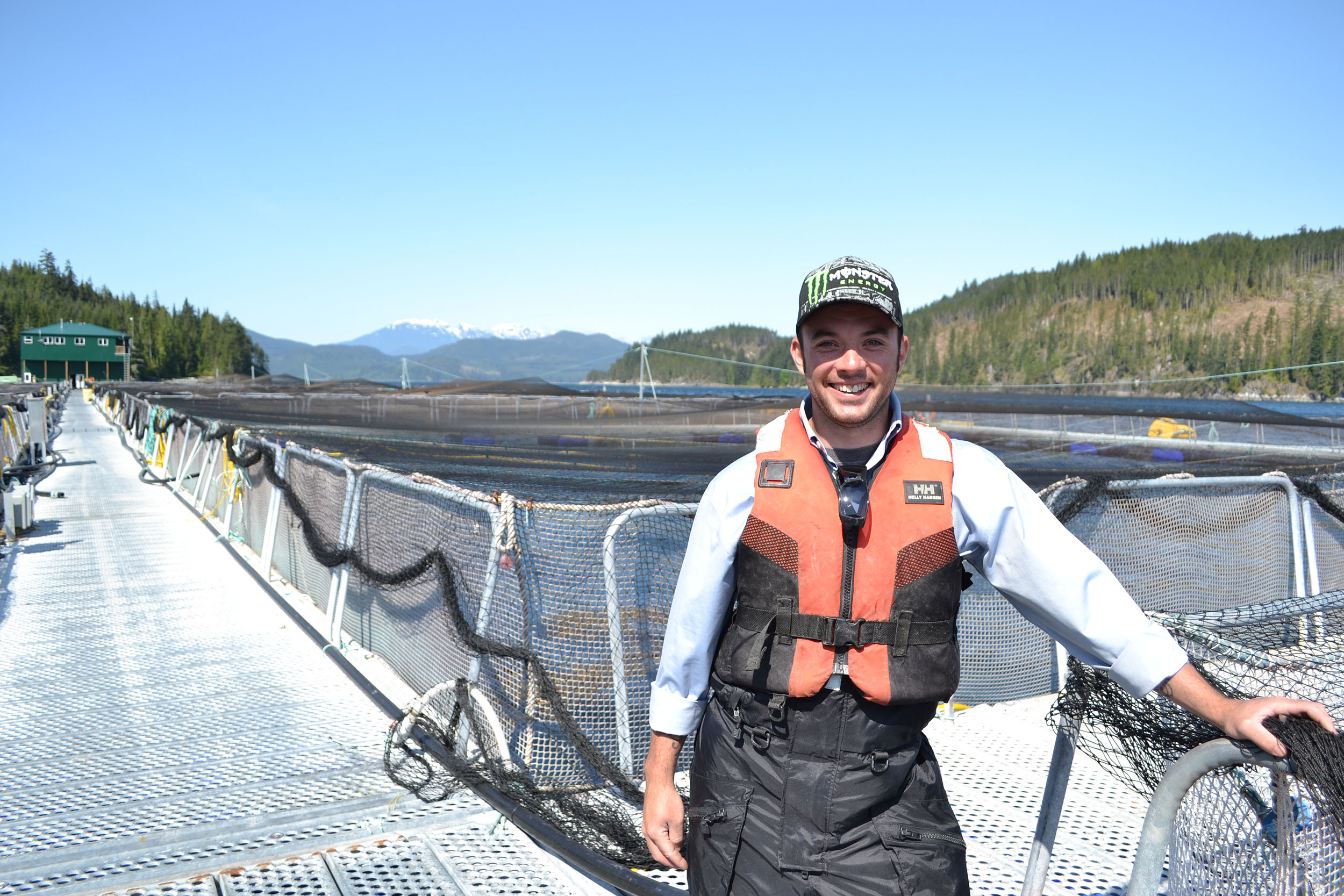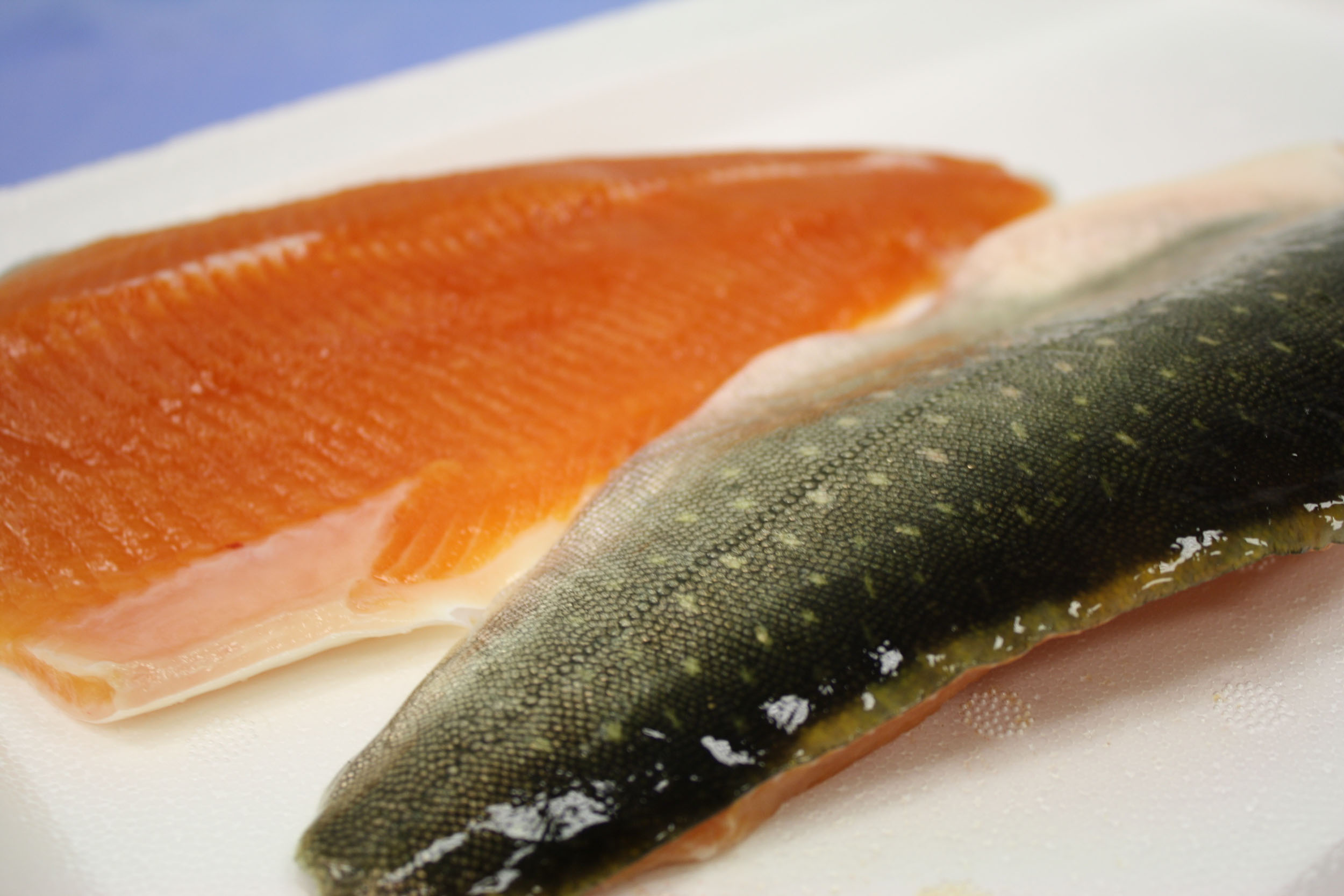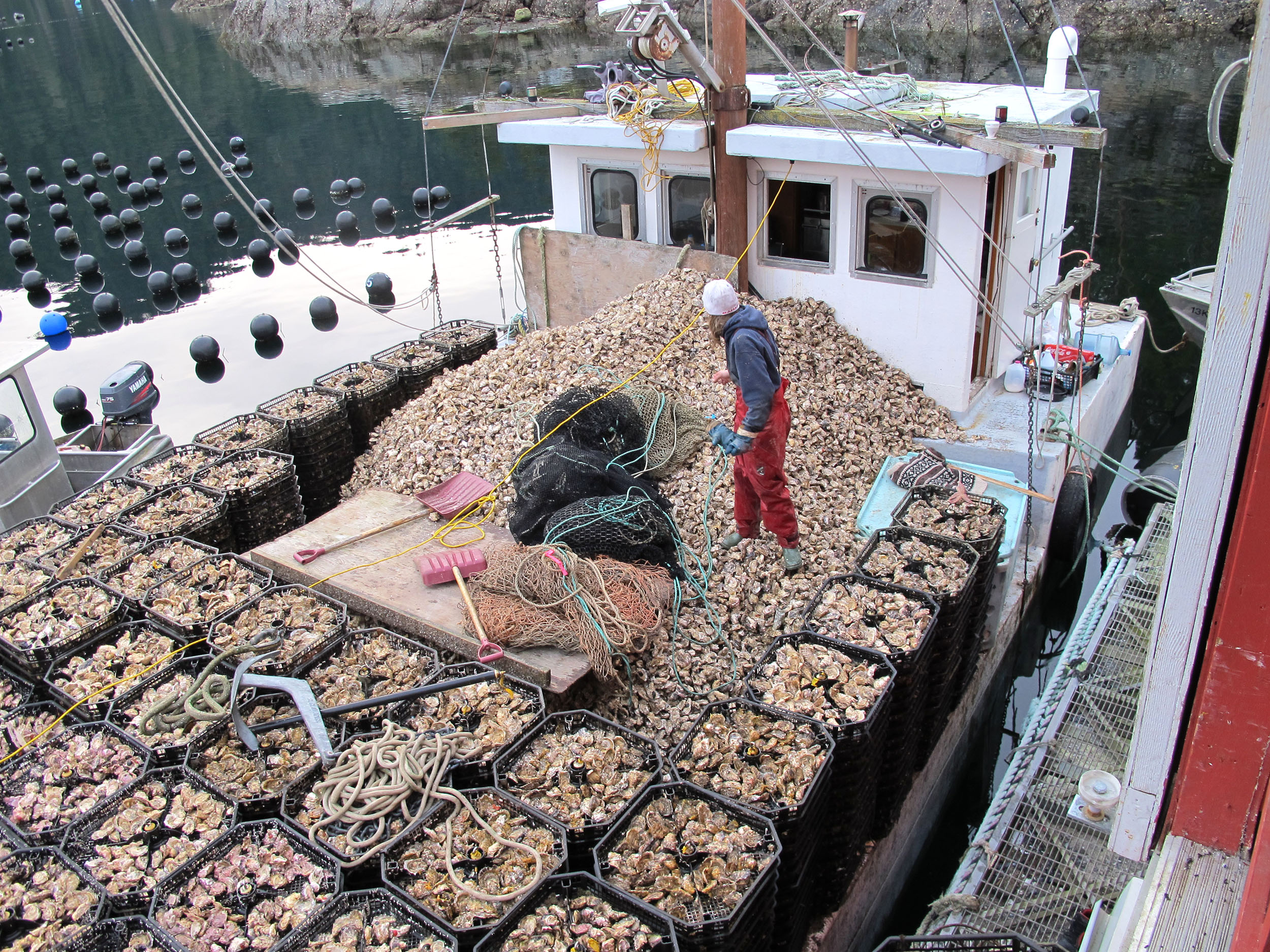Farmers Feed the World
Aquaculture is among the fastest growing food sectors in the world - accounting for nearly 50% of the world’s total fish production.
+ The World Needs More Fish
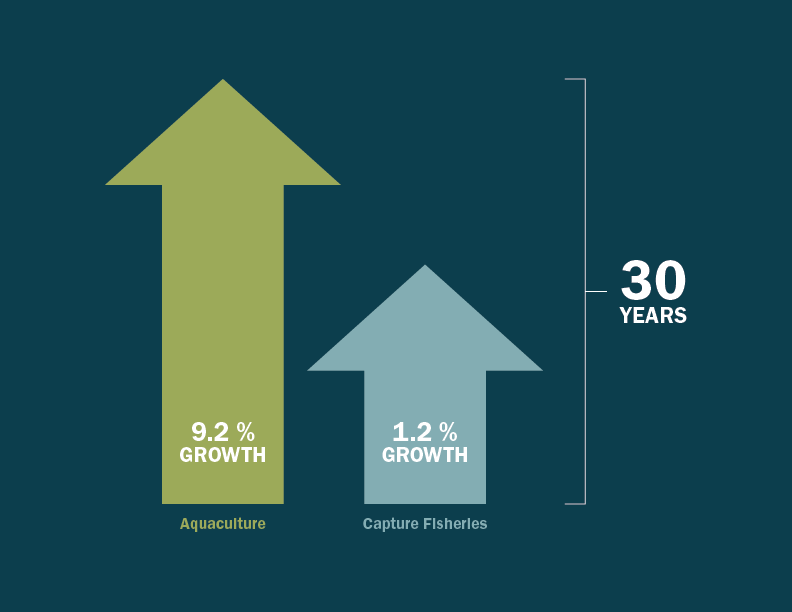
The global demand for seafood is steadily increasing. Population growth, rising per capita incomes, and urbanization are fueling a 6.9 - 9.9% increase in demand each year.
Currently, traditional capture fisheries can only supply half the global seafood demand. The other half of the global seafood supply already comes from aquaculture. And - since many fishing stocks are facing intense depletion – the world’s growing demand for seafood can only be met by increasing aquaculture production.
According to Food and Agriculture Organization of the United Nations, aquaculture will need to supply 2/3 of the world’s seafood requirements by 2030. Without aquaculture, the world will face a seafood shortage of 50-80 million tonnes by 2030.
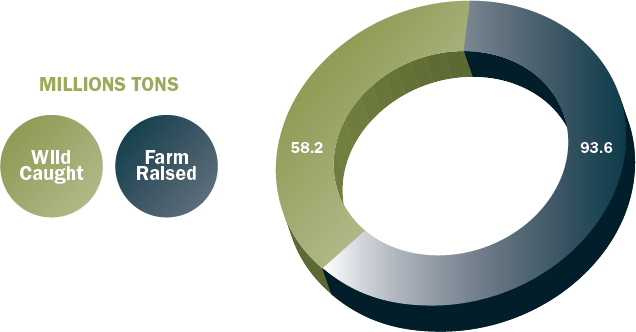
According to the UN FAO, aquaculture will increase to two-thirds of global food fish consumption by 2030.
+ Canada’s Opportunity
Few countries can match Canada’s natural advantages when it comes to aquaculture—an enormous coastal geography, an abundance of cold, clean water, a favourable climate, a rich marine and fishery tradition, and established trade routes to the United States, Asia, and Europe. However, Canada has yet to fully capitalize on its opportunity to become a global aquaculture leader. Canada’s aquaculture production has shown little growth since 2000. Through a comprehensive analysis of Canadian aquaculture, CAIA determined that the principal factor constraining the growth of the aquaculture sector was Canada’s complicated and inefficient aquaculture regulatory system.
+ A Strategy for Growth in Canada
To overcome this obstacle, CAIA launched “Responsible Aquaculture Development in Canada: A National Strategy for New Jobs, Science-based Management and a Health Food Supply” in 2012. This National Strategy encompasses a truly national vision, a modernized legislative and policy framework, and regulatory clarity.
Since 2012, CAIA has been working tirelessly with all governments to implement the National Strategy in a way that unlocks the full range of economic, environmental, and public health benefits that flow from a competitive, sustainable and growing farmed seafood sector.
Potential for Growth
With the proposed legislative, regulatory and policy reforms, by 2024 Canadian aquaculture could:
- increase production to over 378,000 tonnes per year
- generate more than $6.35 billion in economic activity per year
- increase GDP to $2.5 billion per year
- employ more than 32,500 Canadians
Environmental Footprint
The increased productivity enabled by these reforms would allow Canadian aquaculture to:
- increase output by 120%, but increase water acreage by only 38%
- occupy only 1.35% of the total area biophysically suitable for aquaculture in Canada – a much, much smaller footprint than in other countries

